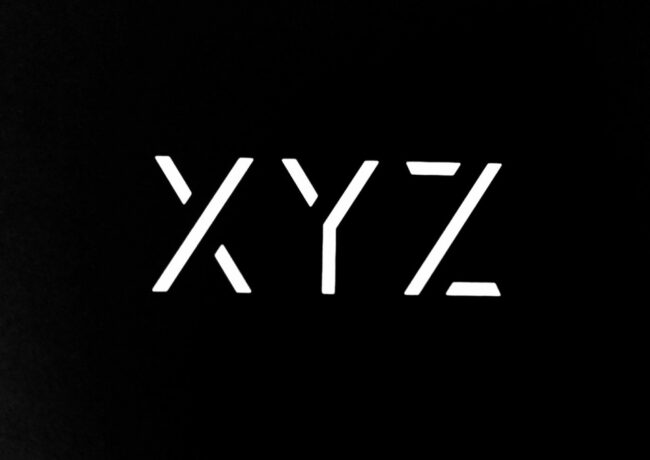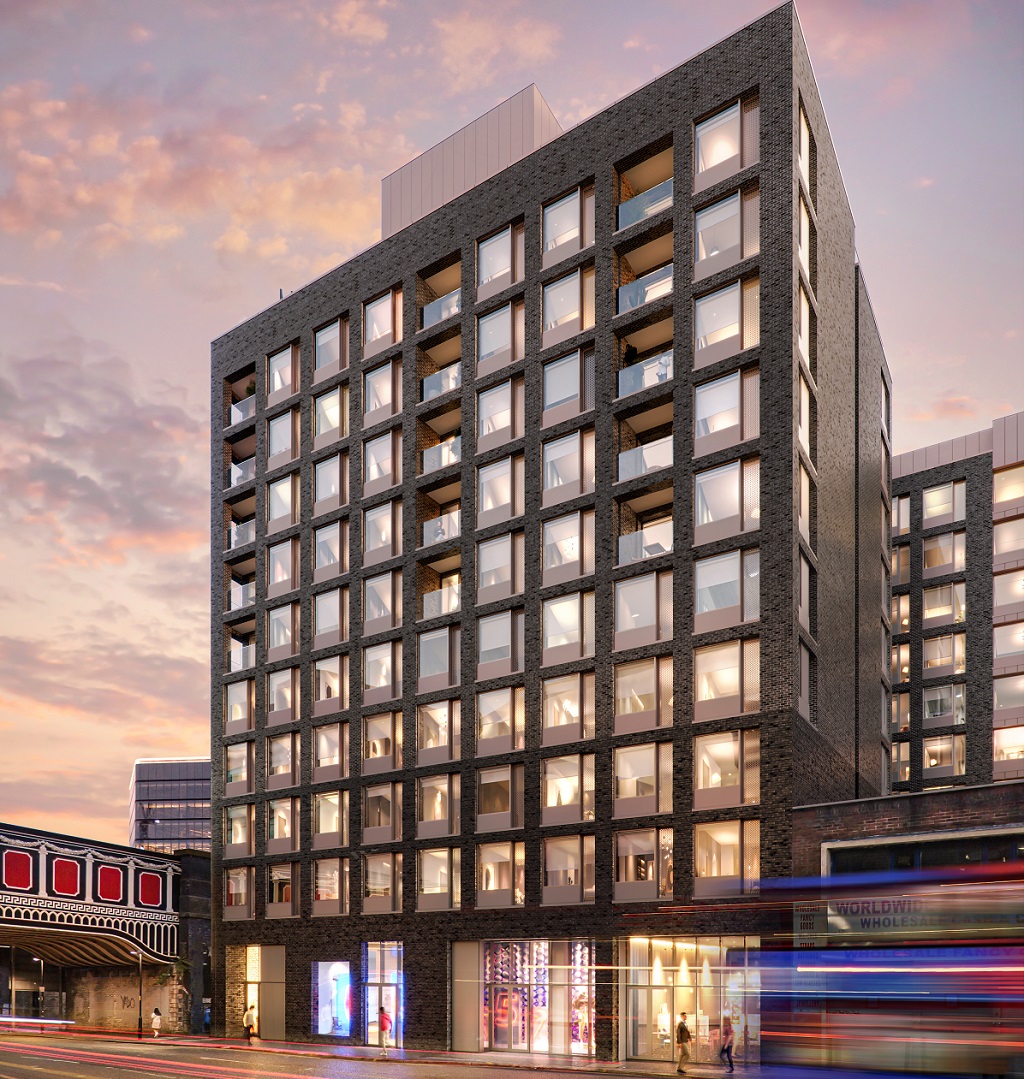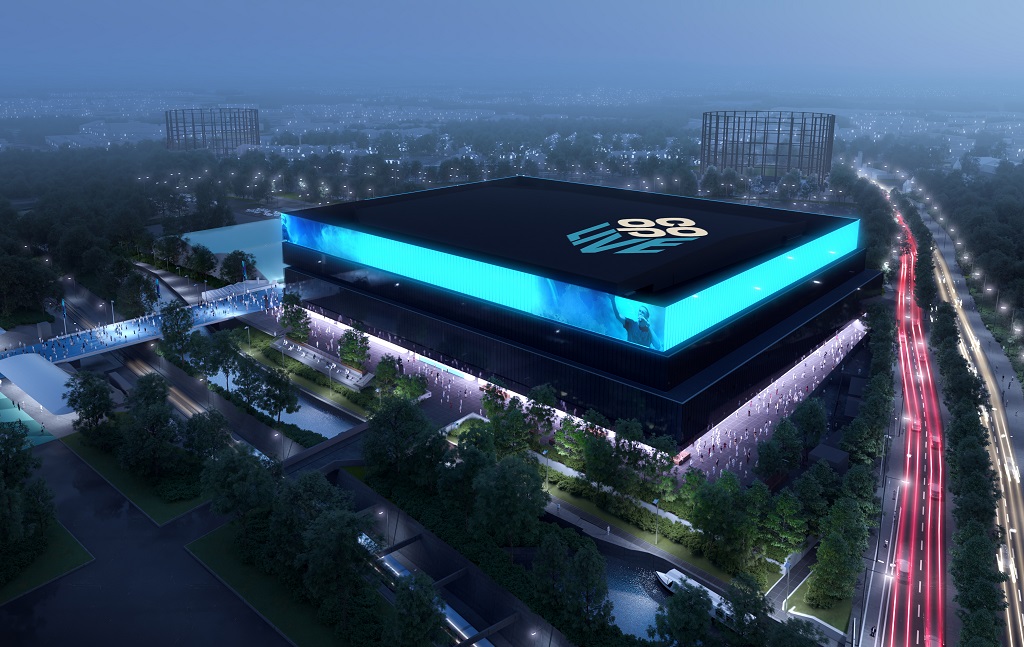Back to Black
As several schemes across Manchester vie for a handful of occupiers, rather than standing out from competitors the marketing brochures handed to agents share a similar design, dominated by two elements; they're black, and they're in caps.
According to Julian Shale, owner and director of property marketing agency 90Degrees, "branding comes down to simple things. If the product is sophisticated, high-end and expensive, the brand itself can be minimal. A black-fronted brochure with white typography is comparable to Gucci or Prada, high-end fashion brands which communicate with simplicity."
The popularity of black branding is down to a number of factors. Black suggests confidence; it's powerful and serious; there's an element of mystery; it also implies profit. After a difficult few years, developers' accounts are back in the black.
The black covers and block capitals are a clear move away from the flashy designs and overuse of stock imagery in the pre-recession years. The print brochures also give little away as to the actual make-up of the building. At the launch of Allied London's XYZ building in Spinningfields last week, the brochure didn't contain any images of the office at all.
As branding becomes more straightforward, it is the quality of the brochure's materials that speaks volumes. The physical impact that a print brochure makes when it hits a desk, known as the 'thud factor' or even the 'cat killer', is an important consideration.
One that has set the bar high is the brochure for Ask Developments' Embankment. This document is all about the thud factor; the cover is matte black perspex and makes up more of the thickness of the book than the content.
The one-upmanship of the property sector explains the similarity in brochure design. According to Shale: "What other people are doing sets a benchmark and people react to that. There is an element of 'they're doing it, so we need to do it better'."
Budgets are obviously increasing, but with the elaborate launches, expensive brochures which can cost up to £30,000 a batch, and high-resolution CGIs, there is still the question; does any of this actually make it more likely to let a building?




